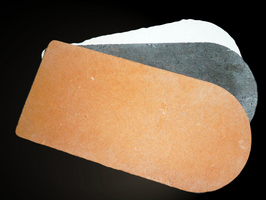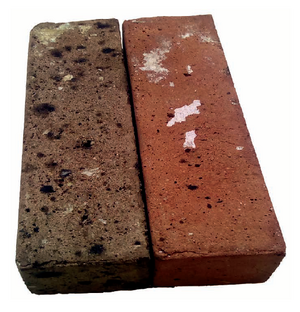Products made from desert sand and recycled materials
Problem
Sand is not only found on and in rivers and oceans, but above all in sandy deserts. These make up about 20 percent of the world's desert areas. In them, sand is still abundant for a long time, while river and sea sand is already becoming increasingly scarce.
Yet desert sand – unlike river and sea sand – has largely been considered unsuitable for use in the construction sector. One reason is that desert sand grains are much smoother and finer ground than other sand grains and therefore cannot tilt/interlock with each other – an essential prerequisite for the compressive strength of building materials.
Roof tiles and stones from desert sand
The production of roof tiles and stones used to require temperatures of more than 1000 degrees Celsius. In the production of tiles and stones from desert and fine sand with the help of water glass, temperatures of only about 140 degrees Celsius are needed. With this process, NaSiO employees are able to produce bricks from fine and desert sand with grain sizes of around 100 micrometres.
Bricks from recycled material
The waste produced during the demolition of concrete and brick structures can replace sand in the construction industry. Using water glass as a binder, the NaSiO-employees succeed in producing bricks from concrete and brick waste at 130°C. They are thus making an important contribution to the conservation of resources. The bricks show an excellent flexural strength of about 2 MPa. The NaSiO-employees also incorporate other valuable materials on request.

